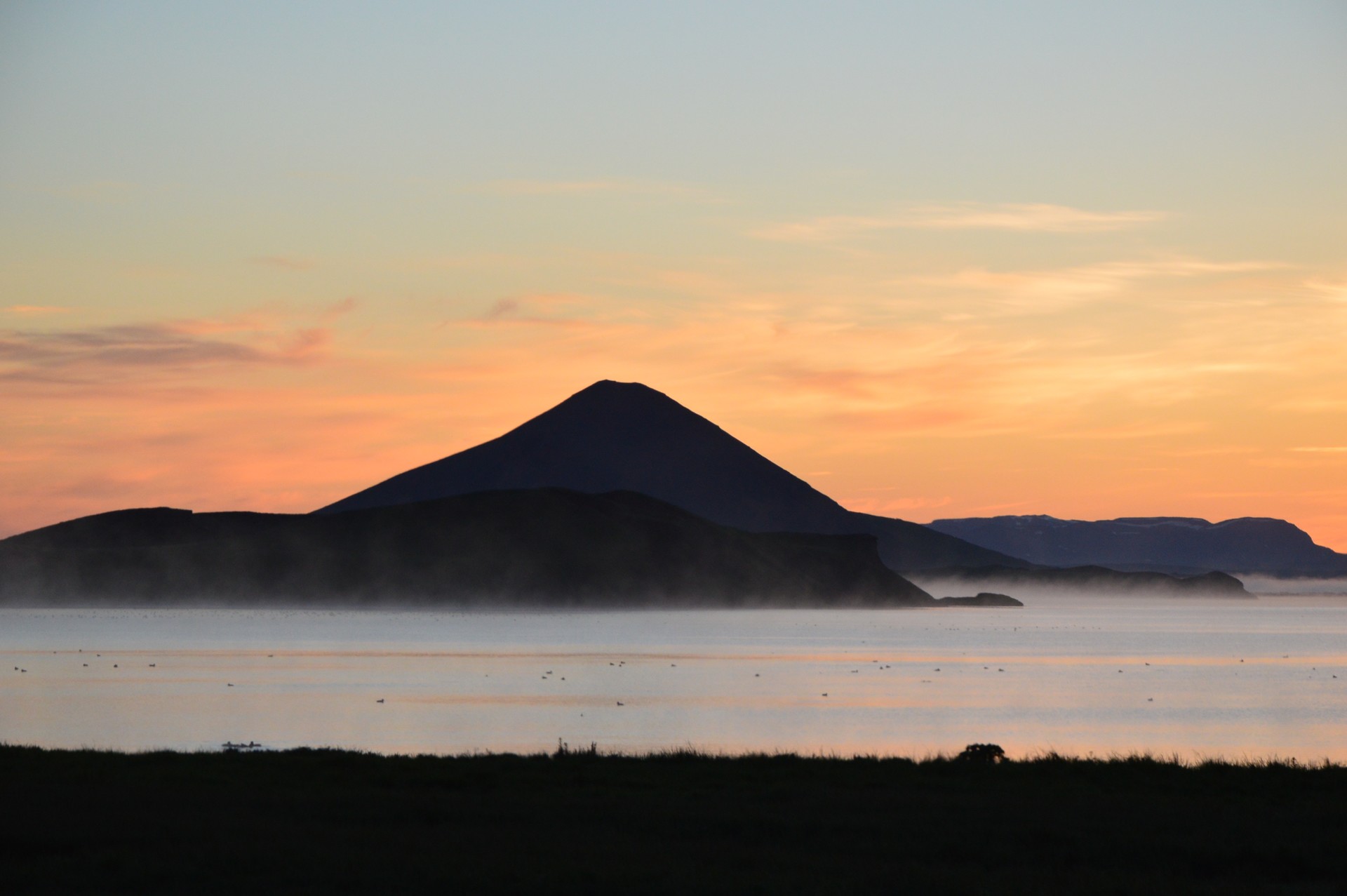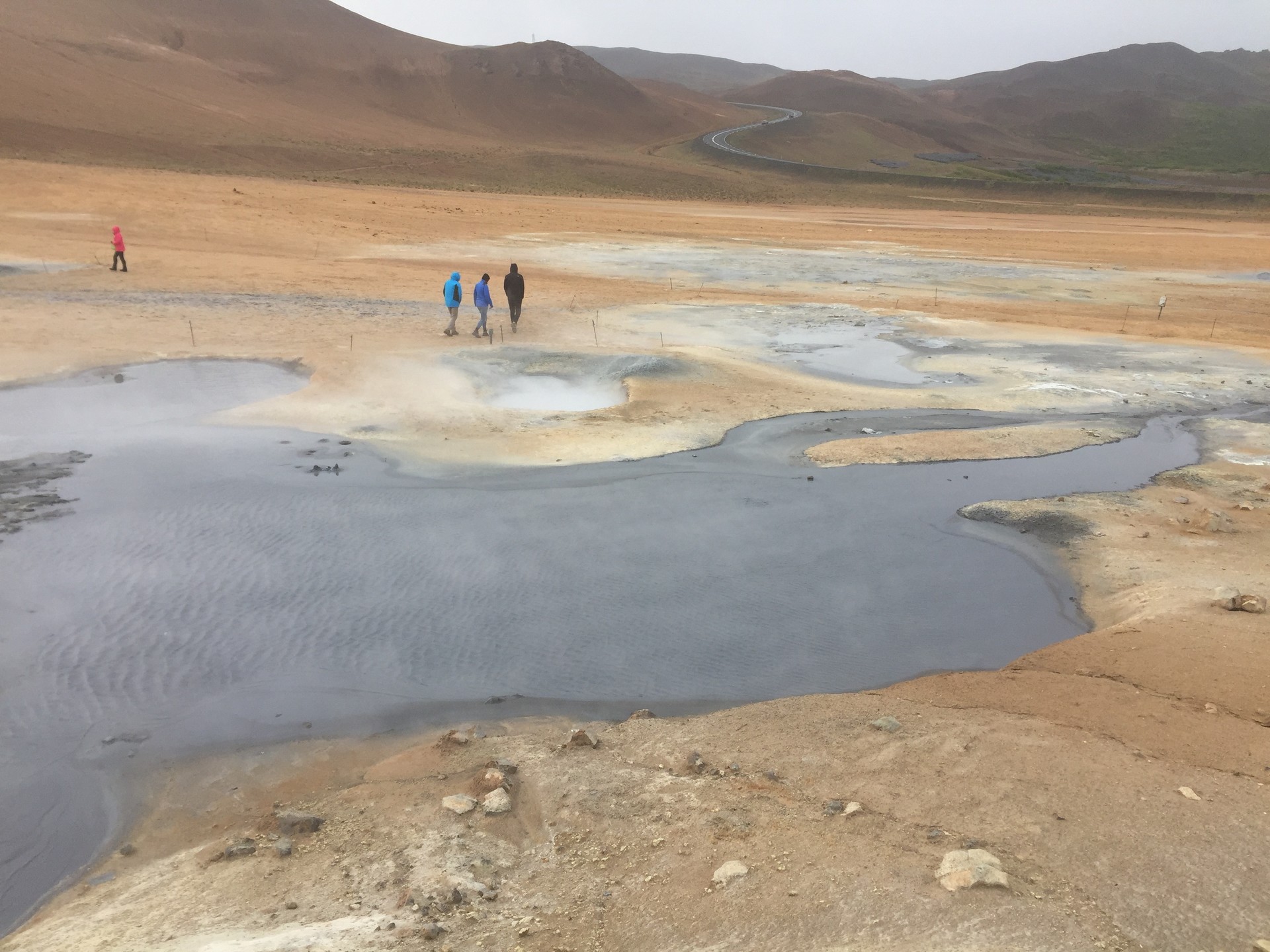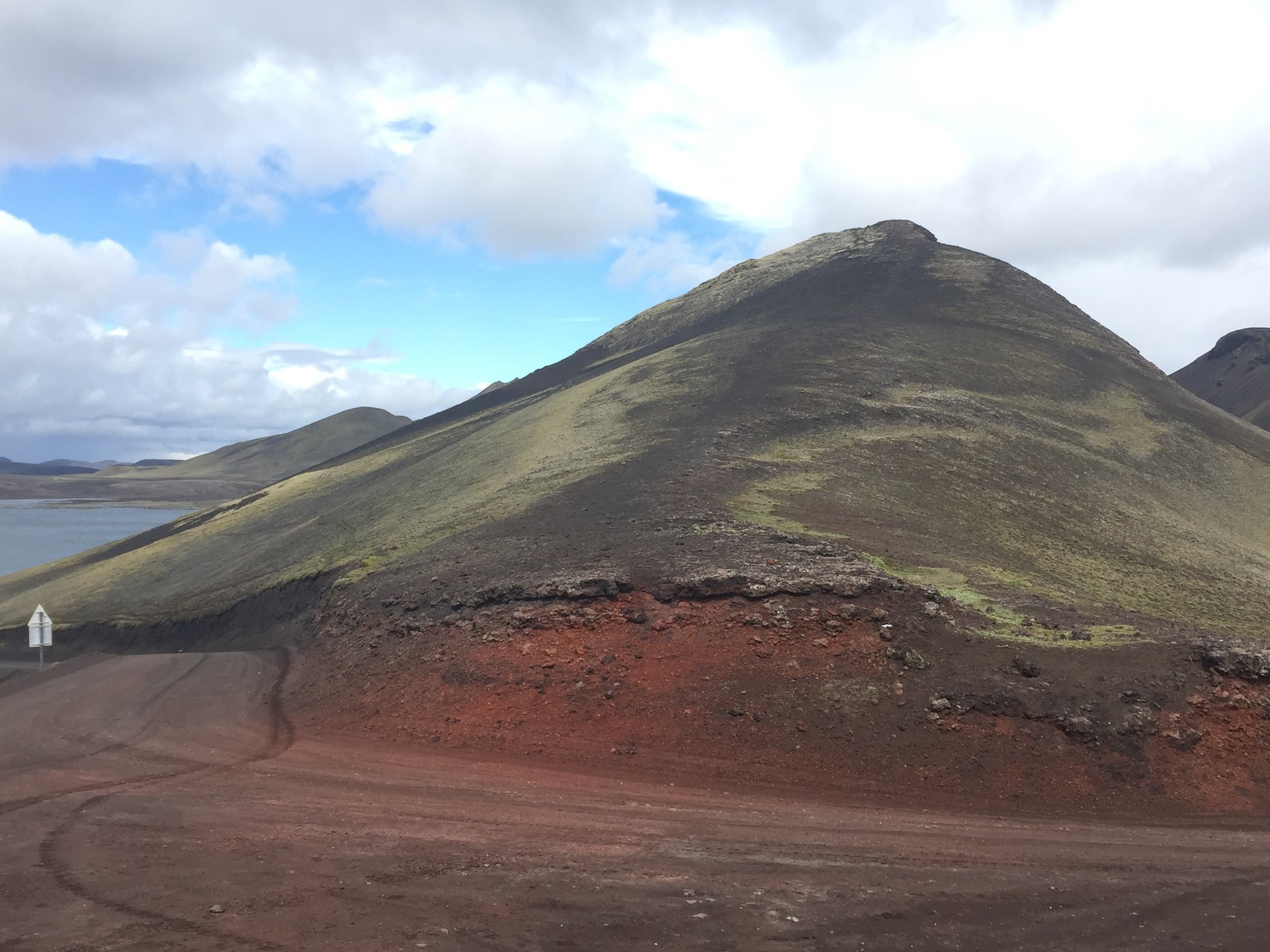Listaháskóli Íslands: Iceland Academy of the Arts
LISTAHÁSKÓLI ÍSLANDS
Spring Semester 2017 Report - Alma Lucia Balmes
Listaháskóli Íslands Department of Fine Art

Workshop
The relatively small University of Art is outside of the city, directly on the sea. The students are split into classes and year groups. Every year group works together in a workshop, and the weekly meetings take place within the class. The workshops are split up in a similar way to the large workshop at the UdK (Berlin University of the Arts). Every student has a table, and can create a separate workspace using partitions. The University of Art is equipped with good workshops (particularly in the areas of Printing Technology and Photography). In the vacation period, hardly any students work in the workshops, as a fee for using the space applies (approximately 80 Euros). Those who would still like to work in the vacation period can use this time to prepare a solo exhibition, to work, or to travel the country.

Course
The semester is split into two parts. In the first half, the courses run from 12pm until 5pm, in which all students are expected to take part. In the second half of the semester, two or three out of around ten possible modules are chosen. The individual work done in the workshops come to the foreground at this point. The range of modules have been adapted to new media, such as 3D Programming, Performance, and Computer Game Design. The modules and the practical work undertaken in the workshops are graded, and the studies undertaken are very academic, thanks to the course system and a set timetable.
Teachers
The teaching staff at the University are not professors, but freelance Scandinavian artists who don't have a huge amount of teaching experience. This can result in the lack of consistency in the quality of the class meetings. My class meeting consisted of optional daily meetings on the sofa in the workshop, which were not very helpful for my artistic development. The Erasmus students were assigned to one class, and could not choose their teachers themselves. However, weekly one-to-one discussions with various other teachers were possible.

Exhibitions
Solo or group exhibitions in the RIMD are possible after the appropriate interview, and are highly recommended. An exhibition in the venue Mengi can be booked for one group of students per semester. Yearly class exhibitions only happen for that year's graduating class. These exhibitions take place in the Reyjavik Art Museum, which presents a fantastic opportunity for Erasmus students. Unconventional places or abandoned buildings are also often used for student exhibitions.
Preparation and Living Situation
It is very difficult to prepare for a study abroad period from Berlin. The module catalogue is not available online, and very little information about the university has been translated into English. Inexpensive apartments are easier to find in local Facebook groups, as adverts are mostly published online. The university helps with the flat search, and posts adverts in Facebook groups for incoming students. A room costs on average at least 700 to 8000 Euros. As bus tickets are very expensive - 4 Euros for one trip - it is best to find a central apartment.

Free Time
There are many diverse cultural opportunities on offer. Exhibition openings with free beer, concerts, and much more can be found every evening. Buying a six-month ticket to the city's swimming baths, and bathing in the hot springs as often as possible is to be recommended. Single-entry tickets are much more expensive in comparison. As it is often too cold to sit outside in Reykjavik in winter, almost all of Reykjavik spend their evenings together in the hot springs.
The club Hurrá is very popular with Art students, and as restaurants are far too expensive (about 35 Euros per meal), it's well worth checking out the chip shop on the harbour, or even better, cooking your own fresh fish.
For those who would like to earn a bit more than the meagre Erasmus loan, it's best to apply for a job. The café Reykjavik Roasters has very flexible hours, and they are often searching for students to join the ranks. The pay is about 16 Euros per hour, and 18 Euros per hour at weekends. Through this work, you can meet many Icelanders, and friendships can blossom from there.
What is also inspiring is a road trip across Iceland. The Snaefellsnes and Landmalar Laugar National Parks come highly recommended. The annual art festival in Seydifjördur is amazing, and a visit to the largest glacier in Europe is not to be missed. The Library of Water by Roni Horn is also amazing. Lava fields, exploding ground with bubbling hot springs, mountains, deserts and sand storms will all be accessible.

Tips
Mobile phone: The easiest way is to by a Nova SIM card from the airport, or from a shop in town. These cost around 8 Euros. The good thing about this is that you get free calls to other phones on the same network. As most people in Iceland have this card, in theory, you only need to by the SIM card, and you will not have to top up that much over the semester.
Money: Credit cards are widely accepted. The easiest way is to pay by card, but if you use a Sparkassen EC card, there will be a 1, 50 Euro fee for each transaction. It is therefore better to withdraw the maximum amount from the bank. An Icelandic account can be set up quite easily, however, this is only worth it for the semester, as overseas transfers are expensive.
Car hire: If you're planning a field trip, the best way is to book a car on carrental.is.
Bus Tickets and Cycling: Tickets can always be bought (440 Krona per ticket) on the bus. If you don't want to be gathering change, you can buy them with a credit card at 24-hour shops. The website for the bus network is https://www.straeto.is.
The easiest is to get a bike, or to bring your own with you, which is probably the cheaper option.
Flights: The cheapest flights to Iceland can be found on WOW.de.
Conclusion
My study abroad stay in Iceland was incredibly inspiring, productive, and has helped me a lot in terms of my artistic development. In Thingeyri I was able to cast a bronze sculpture for free, and in Reykjavik, I worked for the artist Guðjón Ketilsson. As I made contacts in the art scene in Iceland, I was able to get a job with the Icelandic Pavillion for the Bienniale de Venezia. Through my work in the café, I was able to fund my study abroad, and found many Icelandic friends that I would otherwise not have met. The Erasmus students at the university don't have such close links with the locals, and so stay in their own group.
I spent six months on the island, and would definitely have stayed longer, if I had not have found my new job in Venice.
Photo gallery
Content available in other languages
Share your Erasmus Experience in Reykjavík!
If you know Reykjavík as native, traveler or as exchange student... share your opinion on Reykjavík! Rate different characteristics and share your experience.
Add experience →




















Comments (0 comments)